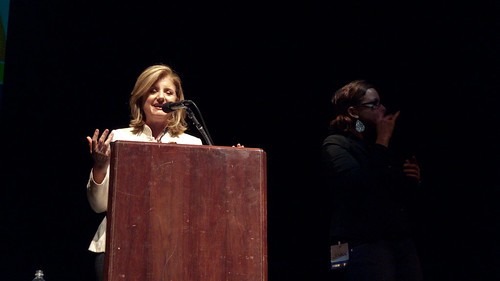My friends all know that I enjoy good PodCasts. My daily commute only is about 8 steps from my bed… maybe a bit more if I detour to the stove to start the tea kettle before starting work. But when I’m visiting clients and or attending events I’m usually going at least 40 minutes (Palo Alto) or an hour (SF or Silicon Valley). PodCasts are a fun, productive use for that time.
Today I’m writing about one of my favorites. This Week in Startups has only been around for 13 episodes as of this writing, but it’s proven to be one of the most interesting, entertaining, and useful PodCasts that I follow.
The host is Jason Calacanis, a serial entrepreneur with a no-nonsense approach and a New Yorker attitude. He attracts some great guests, all entrepreneurs themselves.
Episode 13 is a particularly good one. It features Matt Mickiewicz, founder of Sitepoint.com and 99designs. Matt’s been an entrepreneur since he was 15 years old. Amazing guy with some great insights.
One small complaint… There is a trailer for the movie “We Live in Public” that was just too long. If you agree, just hang in there, or skip over this section to get to the good stuff.
My favorite part of TWiSt is the “Ask Jason” segment, where people can call in to ask advice. Well, it has been so far. In Episode 13, they introduced “Jason’s Shark Tank”, where they allow two entrepreneurs two minutes each to pitch Jason and his guest. It was great and if it has legs it’ll be a great addition to the show.
Part of what I like about this podcast is that it’s not all hard-nosed business advice. Jason, the guests and the whole crew have a lot of fun during the taping. In this episode, Jason gives dating and marriage management advice that’s just classic, with some great stories illustrating how to put a little extra thought into the time you spend together.
I also appreciate all the companis that sponsor all these Podcasts that enjoy, and following Jason’s lead I’ll fulfill my “Giri” and give my thanks to these great companies that sponsor TWiSt:
So check out TWiSt, and let me know how you enjoy it. If folks like this review, I’ll do more.
ciao!
